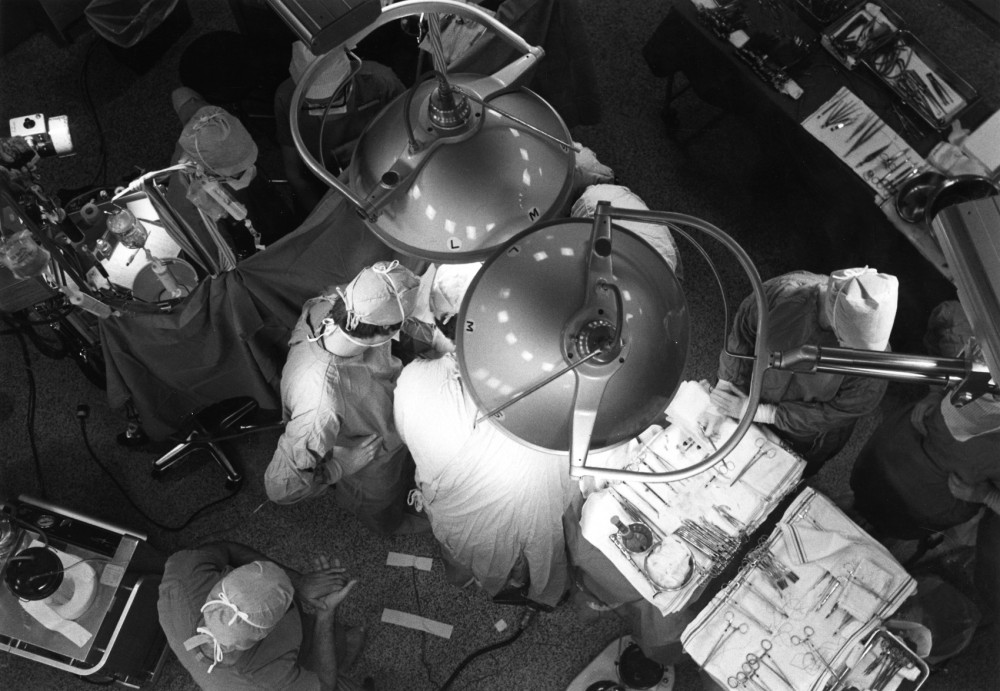The home of several world-first operations, the University of Minnesota’s department of surgery is celebrating its 110th anniversary this year.
While the department has experienced some turmoil — ethics professors still look to the ’90s allegations and investigations into its selling of an unapproved drug — prominent surgeons reflect on what it was like to be a part of leading research efforts and groundbreaking procedures from open-heart surgeries to kidney transplants.
A pioneer of transplant surgery, Dr. David Sutherland helped perform many “world-firsts” in kidney transplants.
Now 75 years old and retired, Sutherland started as a resident in 1970 and worked in the department until the early 2000s.
Soon after his arrival, he said, Dr. John Najarian — the department head at the time — tasked him with simplifying pancreas transplants, a common procedure for those with diabetes complications.
Throughout the ’70s, Sutherland, Najarian and the transplant team led multiple world-first operations, including an islet allotransplant to treat diabetes mellitus and a complete pancreatectomy in 1977.
After the pancreatectomy, Sutherland said, the patient never needed insulin injections again.
He said the attitude of many doctors around the country was that diabetes couldn’t be approached through transplants.
“So the attitude that was taken [at the University of Minnesota] was that, ‘Well, how do you know you can’t succeed? Let’s try it,’” he said.
The forward-thinking atmosphere was fostered by Dr. Owen Wangensteen, the department chair from the ’30s through ’60s, Sutherland said, and was continued by Najarian.
In 1993, Najarian resigned as department head after the U.S. Food and Drug Administration alleged that the department had been making and selling an anti-lymphocyte globulin anti-rejection drug called ALG. The making and sale of the drug had not received federal approval for mass production.
In 1996, Najarian was tried and acquitted in federal court on numerous counts, including embezzlement and tax evasion related to his involvement with the making and selling of ALG. Other charges against him were dismissed.
Sutherland said that whatever effects the ALG investigation and aftermath had, it didn’t stop the department from pursuing innovative surgery.
“I don’t know if it did [damage the reputation]; we kept on going. Minnesota was still one of the major centers for transplantation,” he said.
Dr. Rainer Gruessner worked with Sutherland to perform the world’s first combined segmental pancreas and kidney transplant and the first laparoscopic removal of a pancreas-kidney in 2000. He said he was attracted to the department because of its leaders’ reputations.
“We go to museums not because of the outside structure, but because of the number of Picassos … and so forth. Those guys, Najarian and Sutherland, were Picassos in their own right,” he said.
The atmosphere of the department was stimulating, Gruessner said, and unlike anywhere else in the world.
“People just enjoyed working together, coming up with ideas that seemed far-fetched … and then in the end, clearly benefitting the patients,” he said. “It pushed the entire nation in a way that the gap between us and the rest of the world was huge,” he said.


